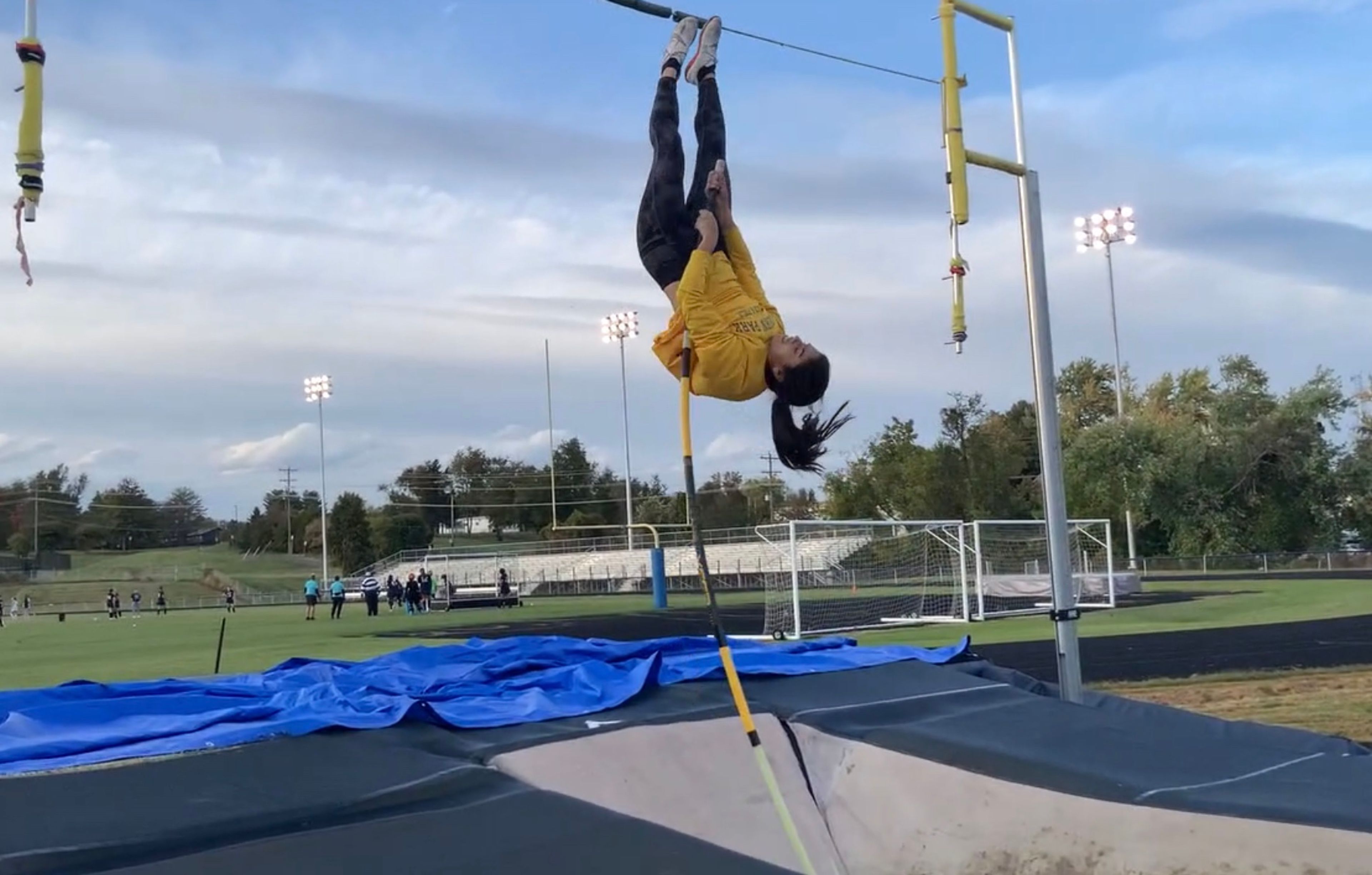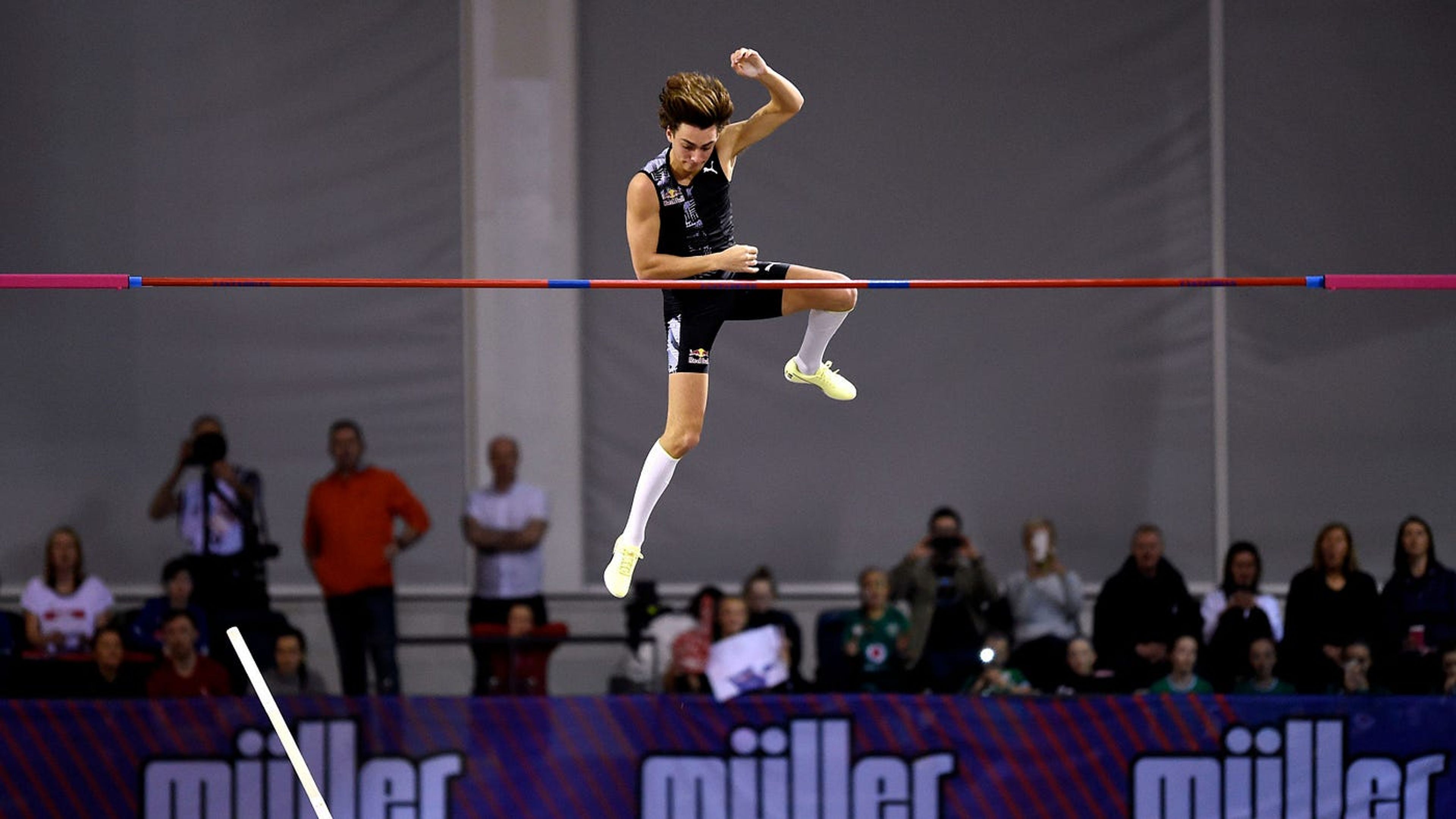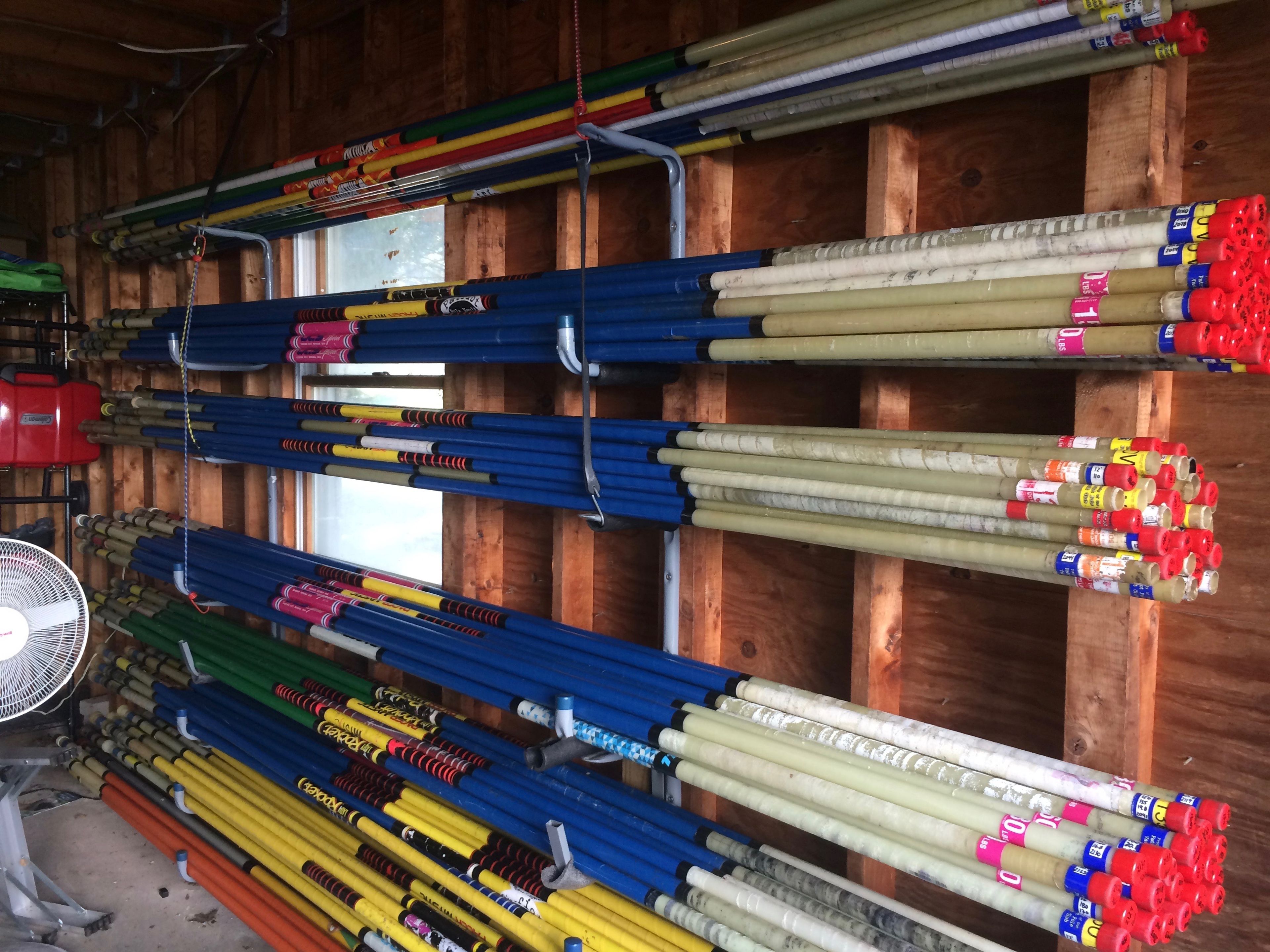A Complete Guide To The Pole Vault Pole
Discover the ultimate guide to selecting and purchasing the perfect pole vault pole. From mechanics and materials to expert tips, this comprehensive resource ensures you make informed decisions for peak performance.
The Ultimate Guide to Choosing and Purchasing a Pole Vault Pole
Welcome to the ultimate guide on selecting and purchasing the perfect pole vault pole. Whether you're an athlete, coach, or enthusiast, understanding the intricacies of this essential piece of equipment can significantly impact your performance and investment. In this guide, we'll explore the mechanics, material considerations, key factors, and practical advice for choosing and buying a pole vault pole, ensuring you make informed decisions.
The Mechanics of Pole Vaulting
Attributes of a Successful Vaulter
1. Tall and Lean: Elite vaulters are generally tall, with high reach heights that allow for striking the pole at a higher angle. Lean body composition is beneficial for achieving optimal performance.
2. Fast: Speed is crucial. Elite male vaulters reach speeds over 9.5 m/s, while elite female vaulters exceed 8.2 m/s during their approach. This speed translates into greater kinetic energy, essential for a higher vault.
3. Experienced: Most elite vaulters have over 15 years of experience, with peak performances often occurring in their late 20s or early 30s, emphasizing the importance of long-term dedication.
4. Patient and Smart: Success in pole vaulting requires years of training, patience, and smart strategies. Vaulters must study the event extensively, using resources like books, videos, and online materials to enhance their technique and understanding.
Approach and Takeoff Techniques
1. Fast Approach: The speed during the last 5 meters of the approach run is critical for success. Maintaining or increasing speed in the last steps ensures effective energy transfer.
2. Proper Plant and Takeoff: Elite vaulters maintain an upright posture at key moments, with the top hand as high overhead as possible at pole strike. The takeoff should be timed precisely, with the vaulter on their toes for maximum efficiency.
3. Jumping Takeoff: A combination of fast horizontal and vertical velocities is necessary. Elite male vaulters achieve takeoff velocities faster than 8.0 m/s, while female vaulters exceed 7.0 m/s.
The Engineering of the Pole Vault Pole
Pole Structure and Design
1. Material Properties: The pole vault pole is typically made from fiberglass or carbon fiber. The materials and their arrangement around the mandrel impact the pole's strength, flexibility, and performance. Different materials like E-glass, S-glass, and high-strength carbon fibers have distinct elongation and strength characteristics.
2. Flex Numbers and End Loads: Flex numbers measure the deflection of the pole when suspended and weighted, indicating flexibility. End loads, measured during production, provide a more accurate prediction of pole performance compared to flex numbers alone.
3. Design Complexity: The design involves balancing strength, rigidity, carry weight, and safety. The pattern of materials and the use of tapered mandrels create poles that can efficiently store and return energy during the vault.
Understanding Pole Failure
1. Hoop Failure: Occurs when the pole's compression side collapses inward, changing its geometry and reducing strength.
2. Compression Side Cracking: Happens under high compression loads, leading to cracks in the resin system.
3. Tension Side Fiber Failure: Fibers on the tension side fail under high loads, which can sometimes still allow the pole to function without complete failure.
Choosing the Right Pole
Selecting the right pole is crucial for maximizing performance. Factors to consider include:
1. Weight Rating and Grip Height: Ensure the pole matches the vaulter's weight and ability. A six-inch change in grip height typically results in a 10lb change in rating.
2. Pole Length and Flexibility: Longer, stiffer poles are used by more experienced vaulters. The pole should be flexible enough to bend appropriately during the vault but strong enough to support the vaulter's weight and speed.
How to Choose a Vaulting Pole
Factors Influencing Pole Selection
1. Handhold, Takeoff Speed, and Technique: The choice of a pole depends on the vaulter's handhold height, takeoff speed, and technique. Weather conditions can also play a role in selecting the right pole.
2. Pole Ratings: Poles are rated by the body weight they can bear and the height of the handhold. However, the athlete's power, technique, run-up speed, and strength are more critical factors in choosing a pole.
Beginner Poles
1. Stiff Poles for Beginners: Beginners should start with a straight, stiff pole to learn basic techniques. As they progress, they can move to softer poles that bend more easily.
2. Learning to Bend the Pole: As athletes gain experience, they should gradually increase their grip height on the pole, allowing it to bend under their weight without excessive force.
Advanced Considerations
1. Flex Ratings: Flex ratings fine-tune the pole's stiffness. Only skilled vaulters need to consider flex ratings when changing poles.
2. Pole Length: The length of the pole should be appropriate for the vaulter's height, experience, and technique. Longer poles require more energy to bring to vertical.
3. Handgrip Adjustments: Adjusting the handgrip can make the pole easier or harder to bend and affect the rate of recoil.
Purchasing a Pole Vault Pole
Cost Considerations
Pole vaulting is an expensive sport, and pole vault poles can cost over $1,000 each, with additional shipping fees ranging from $150 to $200. This significant investment underscores the importance of making informed purchasing decisions to ensure the best value and performance.
Renting vs. Purchasing
1. Renting Poles: Renting poles can be a cost-effective option, especially for beginners or those who don't need a full series of poles. Many pole vaulting gyms and clubs offer rental services with free exchanges, allowing vaulters to always have the right pole for their needs. For example, RISE Pole Vault offers a rental subscription for $65/month.
2. Purchasing Poles: For those committed to building a complete pole series, purchasing poles may make sense, particularly for high schools or colleges. However, it's essential to have a long-term purchasing plan and ensure the investment aligns with the program's commitment to pole vaulting.
Building a Pole Series
1. Initial Investment: Start with a larger initial purchase, such as ten poles, to cover the needs of current athletes. Fill in the gaps with strategic purchases in subsequent years.
2. Sample Starter Pole Series: A mix of poles with different lengths and weight ratings can provide a solid foundation for a pole series. For example:
- 12’ 120 ($470-$560)
- 12’ 130 ($470-$560)
- 12’ 140 ($470-$560)
- 12’6 130 ($485-$590)
- 12’6 140 ($485-$590)
- 12’6 150 ($485-$590)
- 13’ 140 ($530-$730)
- 13’ 150 ($530-$730)
- 13’ 160 ($530-$730)
- 13’6 150 ($552-$788)
3. Long-Term Plan: Continue to fill in the gaps with poles of varying flex and weight ratings to accommodate the growing needs of athletes.
Maintenance and Storage
1. Proper Storage: Keep poles in their plastic sleeves and hard tubes to prevent damage. Store them upright or on a solid flat surface to avoid sagging.
2. Handling with Care: Avoid hitting the pole into the planting box and be careful not to scratch the pole, as this can create weak spots over time.
Conclusion
Understanding the mechanics, materials, and purchasing considerations for pole vault poles is essential for maximizing performance and making informed investment decisions. Whether you choose to rent or purchase, having the right pole can make a significant difference in your vaulting success.



